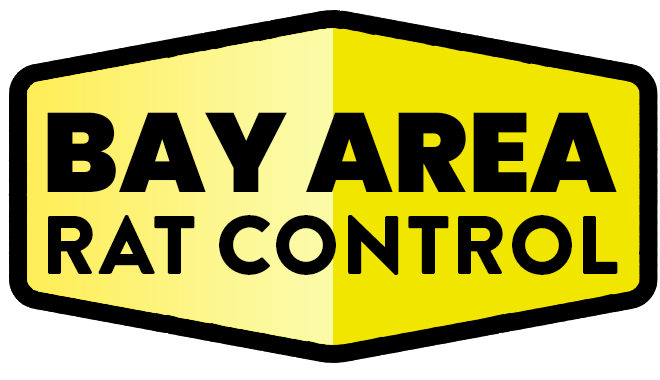Opening Thoughts
Rats are a serious threat to food service businesses, from restaurants and cafes to food processing facilities. They can cause health violations, damage reputations, and lead to financial losses. Implementing targeted rat control solutions ensures compliance with regulations, protects your customers, and maintains your business’s reputation. This guide explores effective strategies tailored to the unique challenges of the food service industry.
Why Rat Control Is Critical for Food Service Businesses
1. Protects Public Health
- Rats carry diseases like salmonella, leptospirosis, and hantavirus, which can contaminate food and surfaces.
- Strict hygiene standards are essential to prevent outbreaks.
2. Ensures Regulatory Compliance
- Health inspections demand that food establishments be free of pests.
- Violations can lead to fines, temporary closures, or even permanent shutdowns.
3. Safeguards Reputation
- Visible signs of a rat problem can drive away customers and lead to negative reviews.
Common Rat Challenges in the Food Service Industry
1. Food and Waste Attractants
- Uneaten food, grease, and improperly stored ingredients attract rats.
- Overflowing or poorly sealed trash bins provide a continuous food source.
2. Complex Layouts
- Kitchens, storage rooms, and utility areas create multiple hiding and nesting spots.
- Connected utilities allow rats to move freely between sections of a facility.
3. High-Traffic Areas
- Frequent movement of goods and people can make it challenging to implement consistent control measures.
Rat Control Strategies for Food Service Businesses
1. Inspection and Monitoring
- Routine Inspections:
- Schedule regular inspections of all areas, focusing on kitchens, storerooms, and waste disposal zones.
- Monitoring Tools:
- Use motion-sensor cameras or tracking powder to identify rat activity and movement patterns.
- Place tamper-resistant bait stations in high-risk areas.
2. Sanitation Practices
- Food Storage:
- Store all food items, including dry goods, in airtight, rat-proof containers.
- Cleaning Protocols:
- Clean floors, counters, and food preparation areas after each shift.
- Deep clean appliances, grease traps, and storage shelves regularly.
- Waste Management:
- Use sealed, heavy-duty trash bins and empty them daily.
- Ensure dumpsters are located away from the building and cleaned frequently.
3. Exclusion Measures
- Seal Entry Points:
- Inspect and seal cracks, gaps, and holes in walls, floors, and ceilings.
- Install door sweeps and weatherstripping on all exterior doors.
- Utility Maintenance:
- Cover vents, drains, and pipes with metal mesh to prevent rat access.
4. Trapping and Removal
- Trap Types:
- Use electronic traps or snap traps in concealed areas to minimize disruption.
- Placement:
- Position traps along walls, behind appliances, and near known entry points.
- Professional Removal:
- Hire pest control experts to handle trapped rats and ensure compliance with health regulations.
5. Employee Training
- Educate staff on identifying signs of rat activity, such as droppings, gnaw marks, and greasy trails.
- Train employees on proper waste disposal and cleaning practices.
- Encourage prompt reporting of any suspected rat activity.
Advanced Rat Control Solutions
1. Integrated Pest Management (IPM)
- Combines sanitation, exclusion, trapping, and monitoring into a comprehensive plan.
- Reduces reliance on chemical treatments by focusing on prevention.
2. Digital Pest Control Systems
- Use smart traps and monitoring devices to track rat activity in real-time.
- Automatically alert staff when a rat is caught or activity is detected.
3. Professional Pest Control Services
- Schedule regular inspections and treatments with licensed pest control providers.
- Ensure compliance with local health codes and industry standards.
Common Mistakes to Avoid
- Neglecting Trash Areas:
- Unclean or overflowing trash bins are major attractants for rats.
- Inconsistent Cleaning:
- Failure to clean hidden areas, such as under appliances, can leave food sources for rats.
- Ignoring Small Issues:
- Overlooking minor entry points or signs of activity can lead to larger infestations.
Costs of Rat Control in Food Service
Factors Influencing Costs
- Size of Facility: Larger spaces require more resources for monitoring and treatment.
- Infestation Severity: Severe infestations may need multiple treatments and follow-ups.
- Advanced Solutions: Digital systems or professional services increase upfront costs but offer long-term savings.
Typical Costs
- Initial Inspection: $200–$500.
- Integrated Pest Management Plan: $1,000–$3,000 annually.
- Emergency Removal Services: $300–$800 per visit.
When to Seek Professional Help
- Persistent Infestations:
- If rats keep returning despite efforts, a professional assessment is necessary.
- High-Stakes Situations:
- For health inspections or customer-facing issues, professionals ensure fast and effective resolution.
Final Thoughts
Rat control in the food service industry requires a proactive and comprehensive approach to ensure safety, compliance, and customer trust. By implementing sanitation, exclusion, and monitoring practices, businesses can maintain a pest-free environment and protect their operations. Partnering with professional pest control services further enhances these efforts, providing peace of mind and long-term success.
Relevant Links/Sources:
Food Service Pest Control – NPMA
Rat Control in Commercial Kitchens – CDC
Integrated Pest Management for Food Facilities – PestWorld
